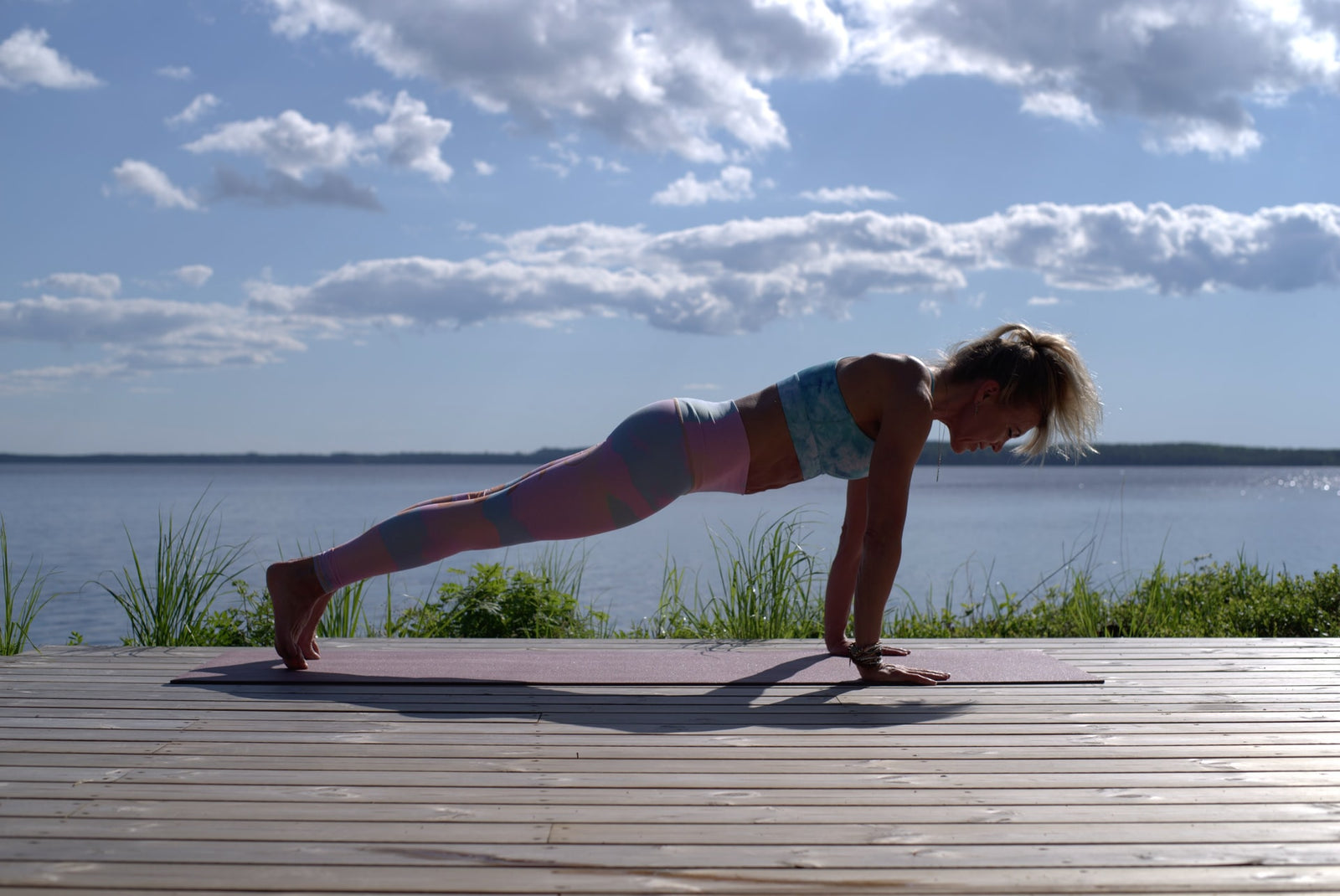Ever wondered how much sleep you should be getting every night?
As we know, babies sleep most of the day - 16 hours. (What a life!) Teenagers would need 9 hours each day to allow for that growth spurt. And adults? 7-8 hours is usually enough.
But if you find yourself counting down to how many hours are left until you can achieve these optimal numbers, then some hacks will definitely be handy.
Here are three tried-and-tested life hacks that will help you to sleep easily:
How to sleep SUPER fast you think you’re passing out
It’s a God-given talent to just doze off as soon as your back hits the bed. It’s even more impressive to be able to sleep anywhere… like on the train.
How do people do this? You ask.
For a lucky few, it comes naturally.
But you can also crash in 10 seconds by working on the foundations of themilitary method, which is a comprehensive process of sleeping easily. It’s said to have successfully helped 96% of the US Navy who tried it. (More on this later!)
The foundations are very simple: practice breathing and muscle relaxation. This is scientifically proven to work. [1]
Here are5 bedtime relaxation techniques that can help you practice and develop a habit of breathing and relaxing your muscles.
How to sleep in a hot minute
Yes, it’s possible.
Falling asleep within 60 seconds can be achieved through two methods, which both hinge on breathing, muscle relaxation, focusing on the present, and taking your mind off things.
4-7-8 breathing method
This method is a beautiful combination of meditation and visualization. For some people, this could be a struggle. But with ample practice and commitment to the method, you’ll see the magic happen in no time.
Healthline describes the steps as follows: [2]
To prepare, place the tip of your tongue against the roof of your mouth, behind your two front teeth. Keep your tongue there the whole time and purse your lips if you need to.
- Let your lips part slightly and make a whooshing sound as you exhale through your mouth.
- Then close your lips and inhale silently through your nose. Count to 4 in your head.
- Then hold your breath for 7 seconds.
- After, exhale (with a whoosh sound) for 8 seconds.
- Avoid being too alert at the end of each cycle. Try to practice it mindlessly.
- Complete this cycle for four full breaths. Let your body sleep if you feel relaxation coming on earlier than anticipated.
Progressive muscle relaxation (PMR)
Also called deep muscle relaxation, progressive muscle relaxation is another method that is built on muscle relaxation… and tensing.
This method “has been effectively used to control stress and anxiety, relieve insomnia, and reduce symptoms of certain types of chronic pain.” [3]
Here’s how it works:
- Raise your eyebrows as high as possible for 5 seconds. This will tighten your forehead muscles.
- Relax your muscles immediately and feel the tension drop. Wait 10 seconds.
- Smile widely to create tension in your cheeks. Hold for 5 seconds. Relax.
- Pause 10 seconds.
- Squint with your eyes shut. Hold 5 seconds. Relax.
- Pause 10 seconds.
- Tilt your head slightly back so you’re comfortably looking at the ceiling. Hold 5 seconds. Relax as your neck sinks back into the pillow.
- Pause 10 seconds.
- Keep moving down the rest of the body, from your triceps to chest, thighs to feet.
- Let yourself fall asleep, even if you don’t finish tensing and relaxing the rest of your body.
As you do this, focus on how relaxed and heavy your body feels when it’s relaxed and in a comfortable state.
Sleeping within a couple of minutes
If you want to know how to snooze in a cruise, then you’re better off learning from the US Navy itself.
Sharon Ackerman, who first reported the military method, wrote that the US Navy Pre-Flight School created this method to help their pilots be able to fall asleep in any condition, at any time of the day, in 2 minutes or less. [4]
Sounds like a massive feat? Well, this naval sleep technique was proven to be successful in 96% of pilots after 6 weeks of practicing it. The method worked even with gunfire in the background!
Here are the physical and mental steps you should take, spending approximately a minute and a half on all of them.
You’ll be releasing the tension on different parts of your body, one-by-one. Once you’ve completed the 5 easy steps, you should be able to fall asleep in the next 120 seconds.
- Lie face up in bed. Relax your facial muscles, including your tongue, jaw, and the muscles around your eyes. If you realize you have a frown, really focus on releasing the area in the center of your forehead. Your forehead should be absolutely smooth. It might sound strange, but really relax your eye sockets by letting them go limp.
- Drop your shoulders as low as possible. This will also help you stretch and release the tension in your neck. Then relax your upper and lower arm on one side, and then try it with the other arm. If you’re having trouble relaxing your arms, try tensing them for a little bit and then letting them become loose. In the end, include your hands and fingers.
- Breathe out, and relax your chest. Feel your lungs fill up with air.
- Relax your legs. Release the tension from your thighs first, and then let the relaxation travel down to your calves. Finally, focus on your feet and ankles.
- Now that the muscles in your body are relaxed, it’s time to clear your mind completely. Lloyd Bud Winter, the author of the book “Relax and Win: Championship Performance”, suggests envisioning the following images to help clear your thoughts and block out any distractions:
- Image 1 - Imagine yourself lying in a canoe, in a calm lake. With nothing but a clear blue sky above you.
- Image 2 - Imagine you’re snuggled up in a cold velvet hammock, in a pitch black room.
And if you’re having a hard time doing all these, start repeatedly saying to yourself: “don’t think.”
With this technique, you don’t have to be in a bed. You can do this in any condition - anytime, anywhere. So by practicing this is also making yourself an expert in sleeping on the bus, plane, or train!
And if it doesn’t seem to work, don’t give up just yet! Remember, the pilots had to practice this for 6 weeks before 96% of them became a master at it.
While you’re at it, try supplementing the military method with other US army tips:
- Remove distractions like blue light before bedtime
- Head to bed at the first sign of tiredness, and avoid going to bed if you’re NOT tired
- Start unwinding at least an hour before bedtime
- Avoid activities that are too engaging or stressful
And for best results, try supplementing all these things with a proper diet and a healthy dose ofsleep aid.
Let us know how these methods work for you by leaving your comments below!
Sources
[1] https://www.ncbi.nlm.nih.gov/books/NBK279320/
[2] https://www.healthline.com/health/healthy-sleep/fall-asleep-fast#foundational-sleep-tips
[3] https://www.webmd.com/sleep-disorders/muscle-relaxation-for-stress-insomnia








